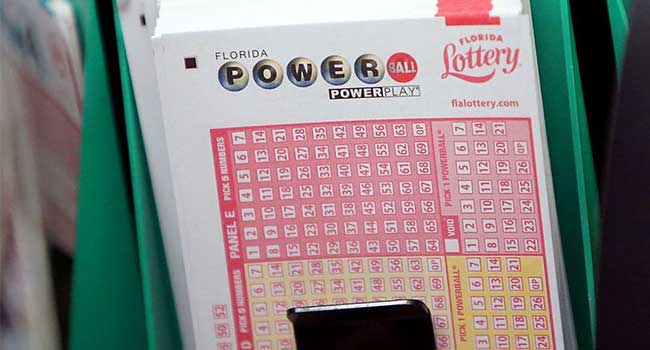
The Intense Security behind the Powerball Drawing
- By Sydny Shepard
- Jan 13, 2016
With the Powerball jackpot jumping again this morning to $1.5 billion, $930 million cash value, ticket holders are not the only ones taking the big drawing seriously.
The Florida lottery studio in Tallahassee, where the record-breaking drawing will take place, has a sequence of tests and security checks that it will perform to ensure that the drawing goes smoothly.
The sets of lottery balls are kept in a double-locked vault that is set with an alarm and sealed. Three people, including a Florida official with a key and someone from an independent accounting firm with a second key, are required to access the drawing machines and the ball sets. The actions of these three are closely monitored on a video surveillance system.
Before any ball set sets are put into service, they are measured, weighted and density-tested at a state lab. There are also X-ray tests performed to see if there are any internal issues with the ball.
After those tests are completed, a second test is performed and the results are compared to statistical analysis, and only once those results are in will the balls be put into service.
Once approved, the ball sets typically last for 2-4 years, with an additional round of tests run each year, before being taken out of circulation.
The ball sets and machines that will be used in any given Powerball drawing are randomly selected before the big draw, a primary and backup set for each color, and pre-tests are completed to make sure that the machine is “operating randomly.”
About the Author
Sydny Shepard is the Executive Editor of Campus Security & Life Safety.